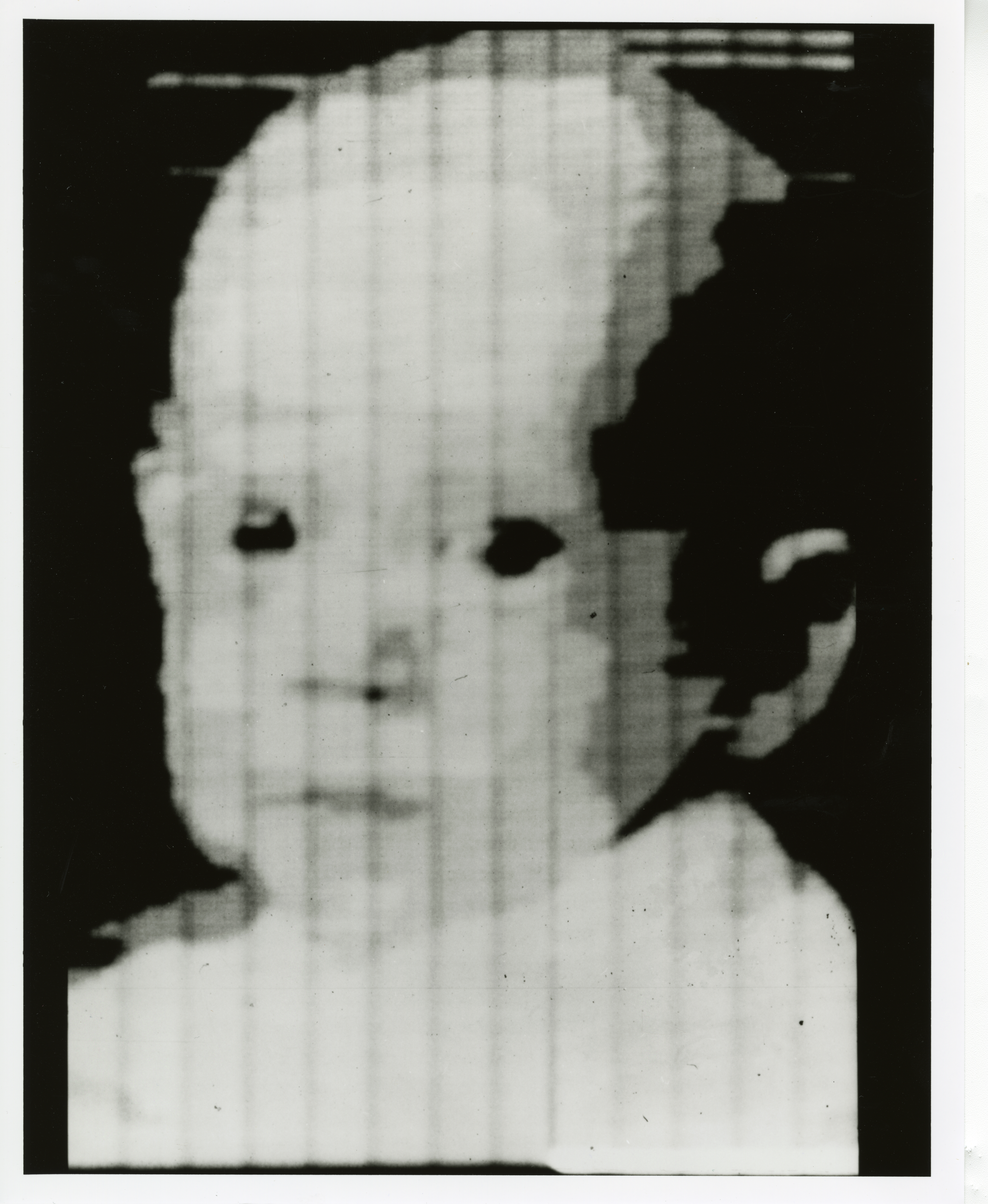|
Kirsch Operator
The Kirsch operator or Kirsch compass kernel is a non-linear In mathematics and science, a nonlinear system is a system in which the change of the output is not proportional to the change of the input. Nonlinear problems are of interest to engineers, biologists, physicists, mathematicians, and many other ... edge detector that finds the maximum edge strength in a few predetermined directions. It is named after the computer scientist Russell Kirsch. Mathematical description The operator takes a single kernel mask and rotates it in 45 degree increments through all 8 compass directions: N, NW, W, SW, S, SE, E, and NE. The edge magnitude of the Kirsch operator is calculated as the maximum magnitude across all directions: :h_=\max_\sum_^1\sum_^1g_^\cdot f_ where z enumerates the compass direction kernels g: : \mathbf = \begin +5 & +5 & +5 \\ -3 & 0 & -3 \\ -3 & -3 & -3 \end,\ \mathbf = \begin +5 & +5 & -3 \\ +5 & 0 & -3 \\ -3 & -3 & -3 \end,\ \mathbf = \begin +5 & -3 ... [...More Info...] [...Related Items...] OR: [Wikipedia] [Google] [Baidu] |
Nonlinearity
In mathematics and science, a nonlinear system is a system in which the change of the output is not proportional to the change of the input. Nonlinear problems are of interest to engineers, biologists, physicists, mathematicians, and many other scientists because most systems are inherently nonlinear in nature. Nonlinear dynamical systems, describing changes in variables over time, may appear chaotic, unpredictable, or counterintuitive, contrasting with much simpler linear systems. Typically, the behavior of a nonlinear system is described in mathematics by a nonlinear system of equations, which is a set of simultaneous equations in which the unknowns (or the unknown functions in the case of differential equations) appear as variables of a polynomial of degree higher than one or in the argument of a function which is not a polynomial of degree one. In other words, in a nonlinear system of equations, the equation(s) to be solved cannot be written as a linear combination of the un ... [...More Info...] [...Related Items...] OR: [Wikipedia] [Google] [Baidu] |
Edge Detection
Edge detection includes a variety of mathematical methods that aim at identifying edges, curves in a digital image at which the image brightness changes sharply or, more formally, has discontinuities. The same problem of finding discontinuities in one-dimensional signals is known as ''step detection'' and the problem of finding signal discontinuities over time is known as ''change detection''. Edge detection is a fundamental tool in image processing, machine vision and computer vision, particularly in the areas of feature detection and feature extraction. Motivations The purpose of detecting sharp changes in image brightness is to capture important events and changes in properties of the world. It can be shown that under rather general assumptions for an image formation model, discontinuities in image brightness are likely to correspond to: * discontinuities in depth, * discontinuities in surface orientation, * changes in material properties and * variations in scene illumi ... [...More Info...] [...Related Items...] OR: [Wikipedia] [Google] [Baidu] |
Russell Kirsch
Russell A. Kirsch (June 20, 1929August 11, 2020) was an American engineer at the National Bureau of Standards (now known as the National Institute of Standards and Technology). He was recognized as the developer of the first digital image scanner, and subsequently scanned the world's first digital photograph-- an image of his infant son. Background Education Kirsch was born in Manhattan on June 20, 1929. His parents were Jewish emigrants from Russia and Hungary. He attended the Bronx High School of Science, graduating in 1946. He continued his education at New York University in 1950, Harvard University in 1952, and later the Massachusetts Institute of Technology. Personal life Kirsch was married to Joan (née Levin) Kirsch for 65 years until his death. Together, they had four children: Walden, Peter, Lindsey, and Kara. Kirsch spent most of his professional life in Washington, D.C., where he was affiliated with the National Bureau of Standards for nearly 50 years. He moved ... [...More Info...] [...Related Items...] OR: [Wikipedia] [Google] [Baidu] |

